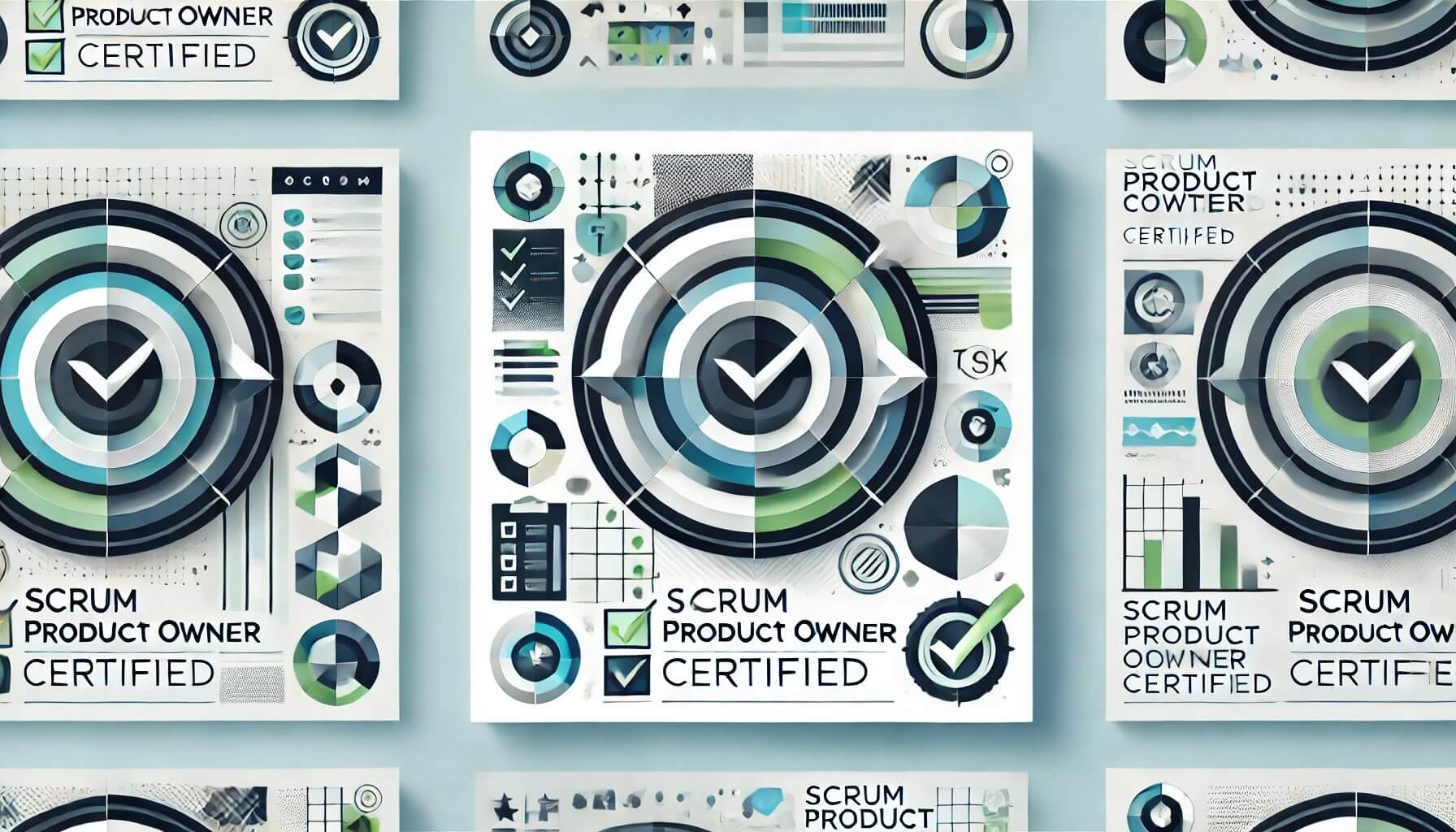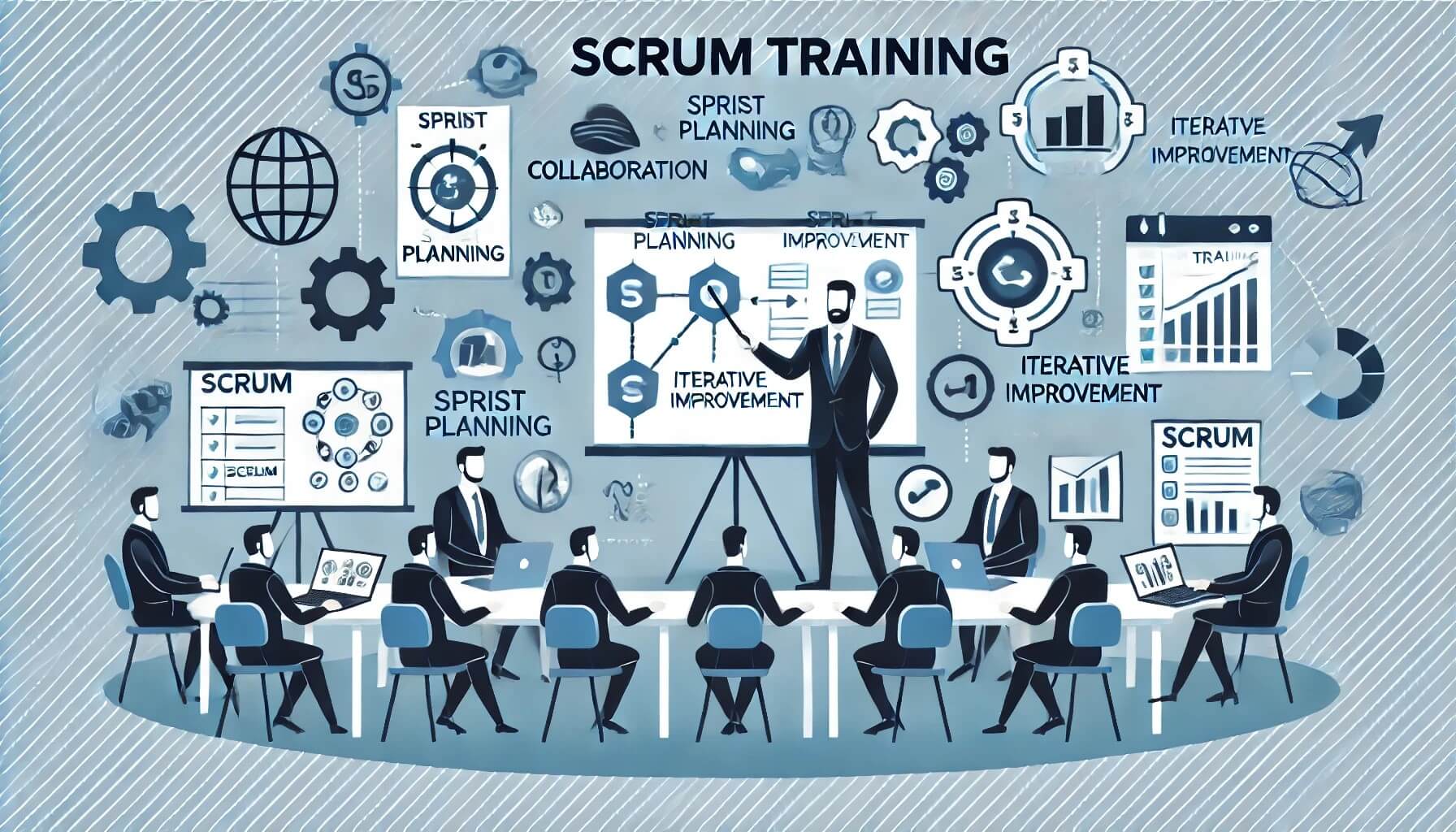How to Prepare for the Scrum Product Owner Certified Exam

Strong 8k brings an ultra-HD IPTV experience to your living room and your pocket.
Becoming a Scrum Product Owner Certified (SPOC™) professional is a significant step in advancing your career in Agile project management. The certification demonstrates your understanding of Scrum principles and your ability to manage product backlogs and prioritize work effectively. Preparing for the Scrum Product Owner Certified exam requires a strategic approach, dedication, and access to the right resources. This blog will guide you through the steps to prepare for the exam and increase your chances of success.
Understand the Exam Structure
Before diving into your study plan, it's crucial to understand the structure of the Scrum Product Owner Certified exam. The exam typically includes multiple-choice questions that assess your knowledge of Scrum principles, practices, roles, and responsibilities. Get acquainted with the exam format, number of questions, and allotted time. This knowledge will help you manage your time efficiently during the exam.
Study the Scrum Guide
The Scrum Guide, authored by Ken Schwaber and Jeff Sutherland, is the foundational document for understanding Scrum. It outlines the Scrum framework, including roles, events, artifacts, and rules. Make sure to read and thoroughly understand the Scrum Guide, as it is a primary source of information for the exam. Pay particular attention to the sections relevant to the Product Owner role.
Enroll in a Certified Training Course
Enrolling in a certified Scrum Product Owner training course is one of the best ways to prepare for the exam. These courses are designed to provide comprehensive coverage of Scrum principles and the responsibilities of a Product Owner. They often include hands-on exercises, case studies, and real-world examples that help reinforce your understanding. Look for courses accredited by recognized organizations such as SCRUMstudy.
Use Study Materials and Resources
In addition to the Scrum Guide and training courses, there are numerous study materials and resources available to help you prepare for the exam. Consider the following:
- Books: Several books offer in-depth insights into Scrum and the Product Owner role. Some recommended titles include "Scrum Product Ownership: Balancing Value from the Inside Out" by Robert Galen and "The Professional Product Owner: Leveraging Scrum as a Competitive Advantage" by Don McGreal and Ralph Jocham.
- Online Courses: Platforms like SCRUMstudy, and LinkedIn Learning offer online courses that cover Scrum and Product Owner concepts. These courses can be a valuable supplement to your study plan.
- Practice Exams: Taking practice exams is a great way to assess your knowledge and identify areas for improvement. Many certification bodies and training providers offer practice tests that simulate the actual exam environment.
Join Study Groups and Online Communities
Joining a study group or an online community can provide additional support and resources. These groups often share study tips, discuss challenging concepts, and provide encouragement. Engaging with peers who are also preparing for the exam can enhance your understanding and help you stay motivated. Consider joining forums on platforms like Reddit, LinkedIn, or specialized Scrum communities.
Create a Study Plan
Creating a structured study plan is crucial for maintaining organization and focus. Divide your study material into manageable sections and designate specific time slots for each topic.Make sure to include regular review sessions to reinforce your learning. Set realistic goals and track your progress to ensure you stay on track.
Focus on Key Areas
While it's important to have a comprehensive understanding of Scrum, certain areas are particularly crucial for the Product Owner role. Focus on the following key areas:
- Product Backlog Management: Understand how to create, prioritize, and refine the product backlog. Familiarize yourself with techniques like user stories, acceptance criteria, and backlog grooming.
- Stakeholder Engagement: Learn how to effectively communicate with stakeholders, gather feedback, and incorporate it into the product development process.
- Value Delivery: Understand how to maximize value delivery by prioritizing features based on business objectives and customer needs.
- Scrum Events: Ensure you know the purpose, participants, and outcomes of Scrum events such as sprint planning, daily stand-ups, sprint reviews, and retrospectives.
Practice Real-World Scenarios
Applying your knowledge to real-world scenarios can deepen your understanding and prepare you for practical questions on the exam. Consider participating in Scrum projects at work or using simulation exercises provided in training courses. Practicing real-world scenarios will help you think critically and apply Scrum principles effectively.
Take Care of Yourself
Finally, remember to take care of yourself during your exam preparation. Consistent and regular study sessions are more effective than cramming all the information at once. Ensure you get enough rest, eat well, and manage stress through activities like exercise or meditation. Taking care of your physical and mental well-being will help you stay focused and perform better on the exam.
Conclusion
Preparing for the Scrum Product Owner Certified exam requires a strategic approach, dedication, and the right resources. By understanding the exam structure, studying the Scrum Guide, enrolling in a certified training course, using study materials, joining study groups, creating a study plan, focusing on key areas, practicing real-world scenarios, and taking care of yourself, you can increase your chances of success. Investing the time and effort to prepare for the exam will not only help you achieve certification but also enhance your skills and career prospects in Agile project management.
Note: IndiBlogHub features both user-submitted and editorial content. We do not verify third-party contributions. Read our Disclaimer and Privacy Policyfor details.







